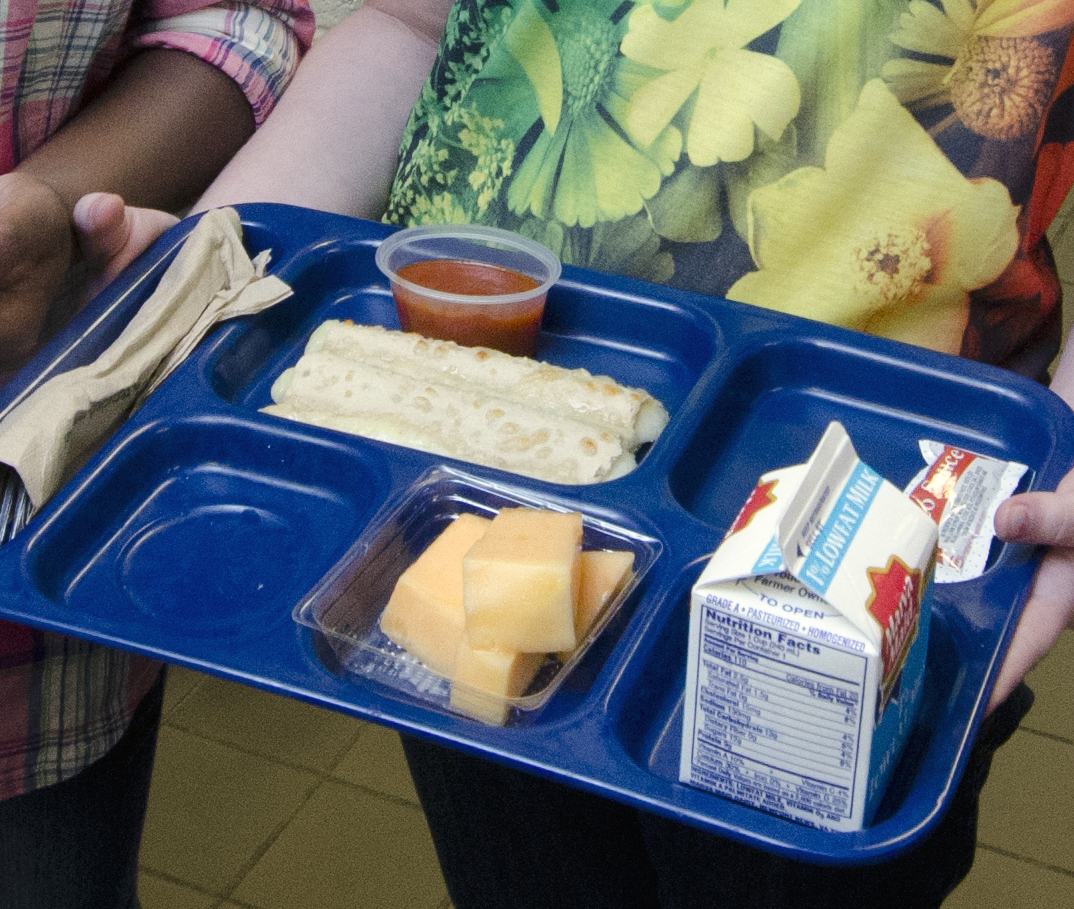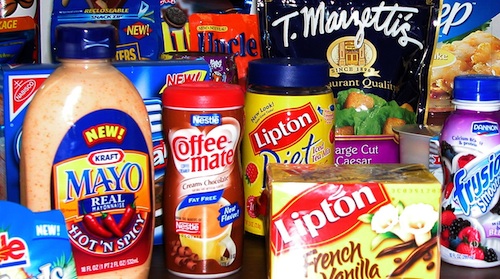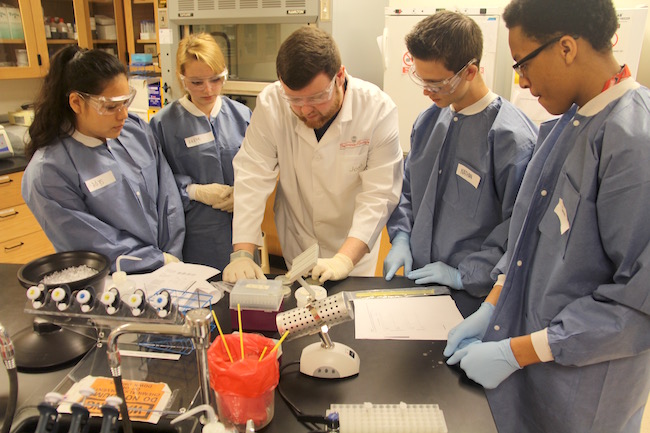Last August, Georgia students returned to school and found some familiar friends missing from their cafeterias — sodium, fat and sugar. This school year, processed grains continue their exit.
In the first overhaul of the U.S. Department of Agriculture’s federal school lunch menu requirements in 15 years, the USDA requires foods in every compartment of those old plastic lunch trays to get a healthy update.
Schools must offer a greater variety and number of vegetables, fruits and whole grains and serve fewer fatty foods, such as fries and pizza. For the 2012-2013 school year, half of the offered grains were whole grains. By July 2014, all grain options will be whole grains.
School nutrition directors also reduced the amount of sodium in meals and reduced the number of grain-based desserts on the menus, which is good news for the 74 percent of Georgia students who eat school lunch, said Connie Crawley, a University of Georgia Cooperative Extension nutrition and health specialist.
School lunches will have specific reduced sodium requirements in 2014 as the start of a 10-year initiative. By 2023, elementary school lunches will have 640 mg or less of sodium, and high schools will have 740 mg or less.
“The issue is ‘Will the kids consume the foods on the new menus?’ Frankly, I think the acceptance of the new menus will probably be slow at first,” Crawley said. “Younger kids who do not know the old menus may eventually accept the new patterns better when they become the norm over a number of years.”
Crawley said new menus may face initial resistance, but acceptance will grow over time. Positive reinforcement from parents and teachers — and providing healthy students healthy food to consume at meals and snack on when they are home — will ease the transition, Crawley said.
One of the changes that students may notice this year is a switch from the customary cookie or cake square to a serving of fruit or yogurt for dessert.
“Grain-based desserts will only be offered twice a week. These will have to be trans fat-free which means they must be made without shortening,” Crawley said. “The 2010 Dietary Guidelines stated that these are a major source of extra calories for children and adults, so this is a good change.”
Any milk that was not low fat or non-fat was ousted last year. Fat-free milks can be unflavored or flavored, but low-fat milks must be unflavored. Lactose free or lactose-reduced milk are listed as “acceptable substitutions” for children if needed due to lactose intolerance.
Fruit juice qualifies as an offering of fruit under the new guidelines, but Crawley said it does not provide the benefits that whole fruit offers.
“[100 percent] fruit juice, however, will be an option at school,” Crawley said. “I hope this changes over time. Children need more fiber from fruit, and juice has none.”
When it comes to drink options, water should be the first choice, she said.
“The main beverage for everyone — children and adults — should be plain water first,” Crawley said. “Again, this is something kids have to learn to prefer. If every beverage they ever drink is colored and sweet, that is what they will want.”
Most dietitians and pediatricians do not recommend juice, sports drinks, energy drinks or flavored milks for children.
While lunchroom fare is getting healthier, many schools still have snack machines or other vending operations that offer students a junk food fix.
According to a study by the National School Health Policies and Programs Study, a majority of schools have at least one source of competitive food, including 43 percent of elementary schools, 74 percent of middle schools and 98 percent of high schools. Crawley suggests parents and parent organizations work with school principals to decide what foods should be offered in vending machines, school snack bars or other sources outside of the school meal program.
“This again is a matter where schools and parents must cooperate for the benefit of the children/teens…There are healthier vending machines that can be installed that have fruits, dried fruits, whole grain crackers, yogurt and nuts,” Crawley said.
Offering healthy snacks at home can encourage good choices from vending machines, Crawley said. Packing healthier snacks to take to school and not providing money for vending machine foods can also decrease vending machine use.
“It takes making better food choices both at home and at school so kids get used to the flavors of healthier foods. This is a huge undertaking, but it is going to save our children's lives,” Crawley said. “If we continue the way we are currently feeding our children, they are going to be suffering from serious health problems like diabetes, high blood pressure and heart disease in their 20s and 30s.”








